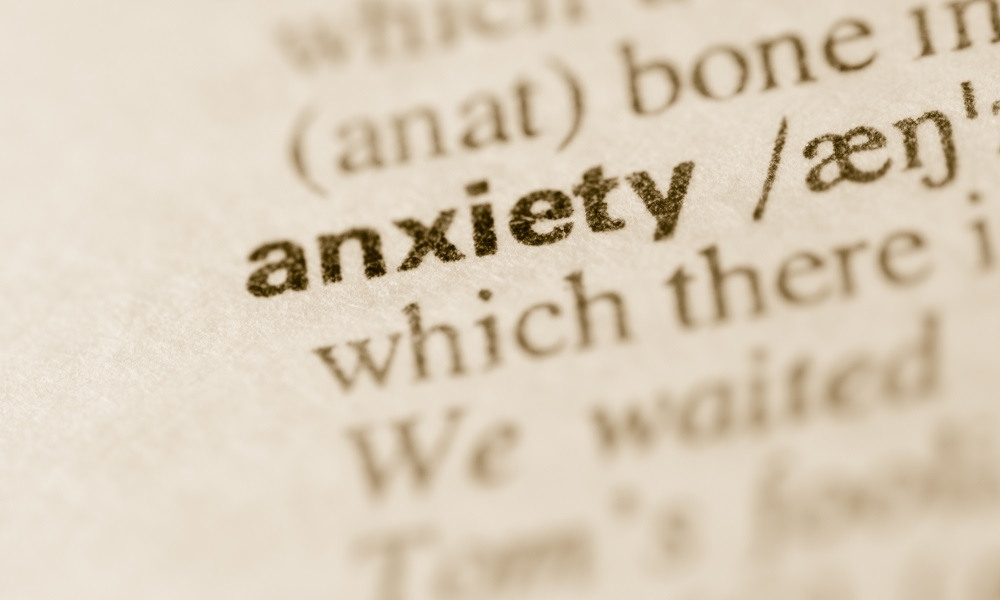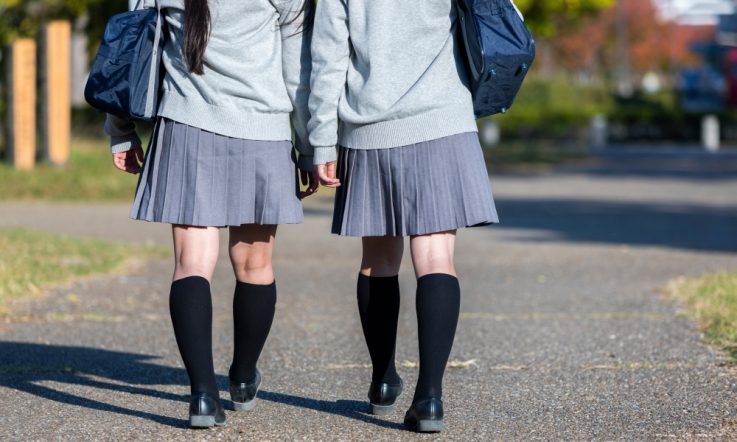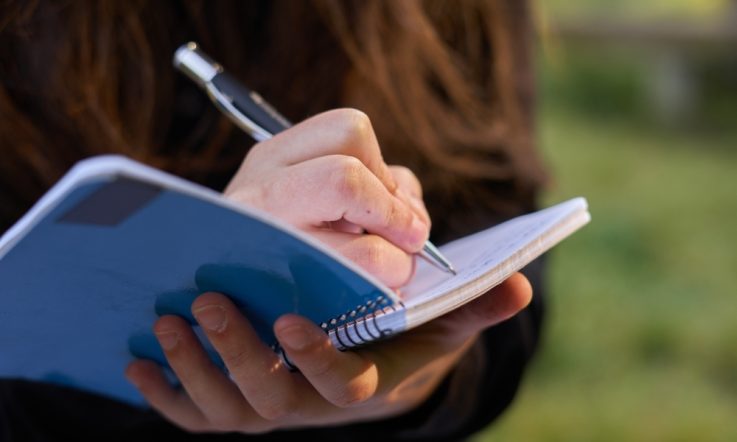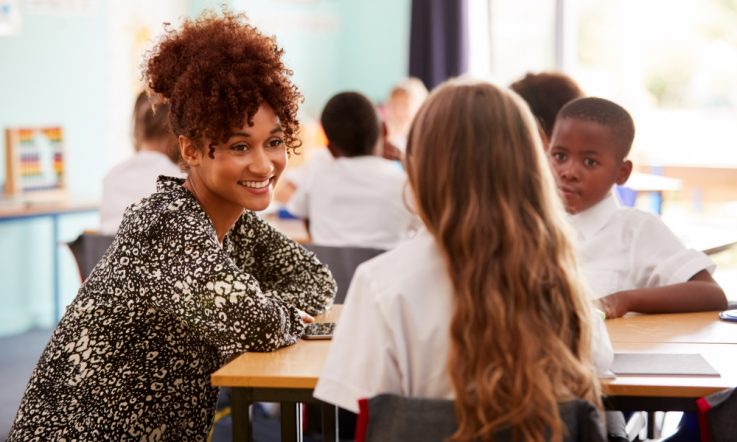It’s well known that anxiety disorders can present in children and that educators are in an important and unique position to be able to identify children experiencing anxiety. Knowing what to look out for, and how to respond, however, can be challenging.
In response to survey feedback showing school leaders are concerned about student anxiety, the New South Wales Primary Principals’ Association (NSWPPA) launched The Anxiety Project. This statewide initiative began being rolled out as a pilot for primary students in December 2022 and now involves more than 33,000 students, 3,000 school staff and 2,500 parents. It aims to respond to the needs of school principals by training staff and parents to recognise and respond to anxiety in children and train children themselves to recognise and manage feelings of anxiety.
In today’s Q&A, we’re joined by Rob Walker, Deputy President of the NSWPPA to hear more about the project and what’s happened in the last 12 months. He has been a principal for 34 years and is currently Principal at Evans River Community School. He leads the NSWPPA Steering Committee that drives The Anxiety Project.
The creation of the NSWPPA Anxiety Project followed a survey of primary principals. What did these survey findings show?
In 2019, the Australian Primary Principals’ Association surveyed principals to get a read on things that were impacting at the school level. And one of the things that came forward was that anxiety was a significant issue eroding principals’ ability to get on with the job of education. We were seeing 81% of principals identifying anxiety as an area that was causing issues and 91% of them said they didn't have the resourcing, or the skill set amongst their staff to address the concerns that were coming forward.
It was a really powerful survey in terms of identifying that anxiety was significantly impacting both the wellbeing outcomes and the academic outcomes of kids as they go through school. And so, the decision of the executive of the day was that we would work on the design of a project that would be a whole-school community change project to address anxiety.
We engaged members of the Association on the Steering Committee and we worked with Michael Hawton and his team from his business, Parentshop. So, a really strong team that's got great understanding of anxiety and how it works, but also in terms of knowing how to build something into an education department that can make change for kids in a positive way and create whole-school community change. We also have tertiary researchers engaged (Hilton Education Consulting) and they are working with us to capture and interpret data.
It’s been 12 months since the launch of the Anxiety Pilot Project. Can you share more about the design of the Anxiety Project?
The Anxiety Project is a 2-year project that is about whole-school community change. It's about working with the adults around the child as well as the children working themselves to understand how anxiety can present in its different forms and to know the best ways of responding.
We currently have just under 100 schools participating. There are 33,250 kids involved in the project, around 3,000 staff (including teachers, school learning support officers (SLSOs) and office staff) and about 2,500 parents. The first pilot group commenced in December of 2022.
We train the school leaders and, because principals are behind the design of the project, we really hit the nail on the head in terms of exactly what the principals need to know to lead the project in their school and also to select an in-school coach from amongst their staff. We provide specific training to the implementation coaches, and we do that training through some face-to-face days, and we also have fortnightly online Zoom cafes, a fortnightly newsletter, and an online learning management system for the coaches.
We then run training of the staff (the teachers, the SLSOs and also the school administrative officers). We run lessons for the kids in that same window of time. Once the teachers have done their training, we train parents and then we have feedback loops on how we're driving the project and things that can be improved.
We also have a research strand that runs alongside the delivery of all the training. We know the strategies that are built into the project work because of previous studies that have been done into how to affect change into anxious conditions in children. What hasn't been trialled before is doing this as a whole-school community change project. So, this project is working out – through its research component – whether or not this is the way forward for schools for addressing anxiety in kids and removing that as a major issue impacting on wellbeing and learning outcomes.
What is the initial data from the research strand of the trial period showing?
At this stage we have collected the T0 (time zero) data from before the training was implemented, which is interesting to us, because the data probably wasn't what we were expecting. It's a little bit more concerning.
There are just over 4,000 students and 1,600 staff involved in this first body of research. The 4 instruments we're using are: the School Anxiety Scale – Teacher Report (SAS-TR), which is a report from the teacher on their students; the School Anxiety Scale – Teacher Response (SAS-T Resp), which is where the teachers reflect on their own learning; CALIS, which is the Child Anxiety Life Interference Survey – a student self-reflection; and the Family Accommodation Scale – Anxiety (FASA) is the instrument we're using with the parents.
The teacher report shows that of our sample of 4,000 students, 20.1% are sitting in the clinical or extreme range of presentation of social anxieties. For the generalised anxieties, 16.8% are either clinical or extreme levels of anxiety. And this is just a random sample – we haven't said ‘pick your anxious kids’ or anything, we've just said you pick every fourth child in your class. So that's what's come of that.
We also have data on the children reporting on their space and what they worry about. They were asked, ‘Do fears and worries upset or distress you?’ and about 1 in 5 said quite a lot or a great deal.
Then for teacher response, more than half (56.3%) in response to the question ‘How confident are you to recognise child anxiety?’ say they’re not confident or only somewhat confident. They were also asked to rate their current skills and understanding for addressing child anxiety. Nearly three-quarters (72.3%) of the teachers said they don't know what they’re looking for and don’t know what to do when it presents.
In February we’re going to have some insights into what the training has done for the children, the staff, and the parents.
As a principal association, why was important for you to take this project on? Can you tell us about the role of associations more broadly in supporting the practice of the educators they represent?
The NSWPPA is the peak organisation representing primary school principals formed to support, empower, advocate and lead for NSW primary principals.
We meet with the [State Education] Minister regularly, currently the Deputy Premier in NSW. We meet with the Secretary for Education multiple times a week. We meet with the senior management of the department on a regular basis, and we have our own membership groupings around NSW. We also have our own reference groups, standing committees and working parties.
There are a range of areas in which we are working to improve the outcomes that the education system’s achieving for kids, and we're fortunate to enjoy really positive and strong relationships with government and with the department. And therefore, we're able to positively influence the agenda for our kids in our schools.



